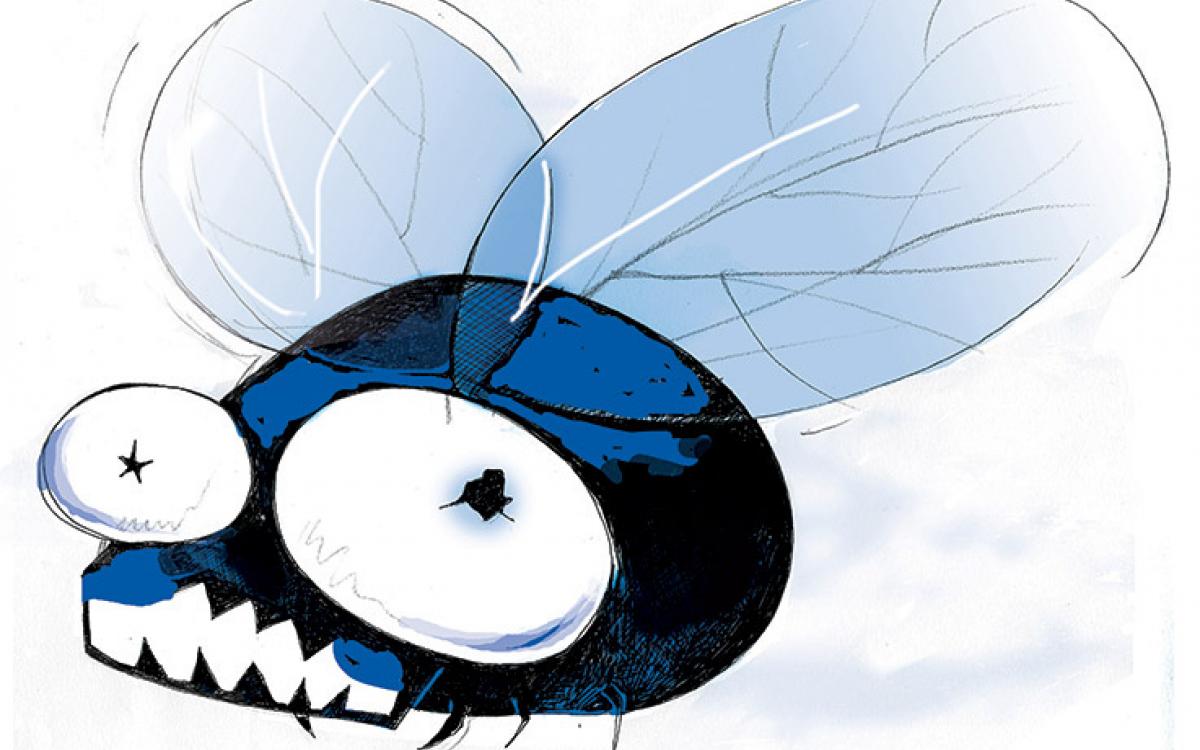Summers are glorious, but for the bloodsuckers—it’s practically a Northern mantra. Things might get even worse: with climate change, biting flies are moving farther North, partly because it’s getting warmer, and partly because it’s raining more often in the summer, creating more soggy breeding grounds. So what are we up against? Let’s round up the usual suspects—and hero.
The mad scientist: Blackfly (see above)
Secret weapon: After they slice into your skin, blackflies inject you with an anesthetic so you don’t feel the bite right away, then lap up the blood. They’ll also pump in an anticoagulant to keep the blood flowing. Special power: Blackfly larvae attach themselves to rocks in fast-moving rivers by silk thread and gobble whatever microscopic food floats by. They only absorb 20 percent of what they eat; they poop out the rest in pellets that other invertebrates can digest. Collectively, they produce literally tons of excrement, sustaining entire river ecosystems. Redeeming qualities: Most blackfly species don’t bite. And unlike mosquitoes, the ones that do bite have the decency to take a break at night and leave you alone. Red alert: Early summer, mostly June.
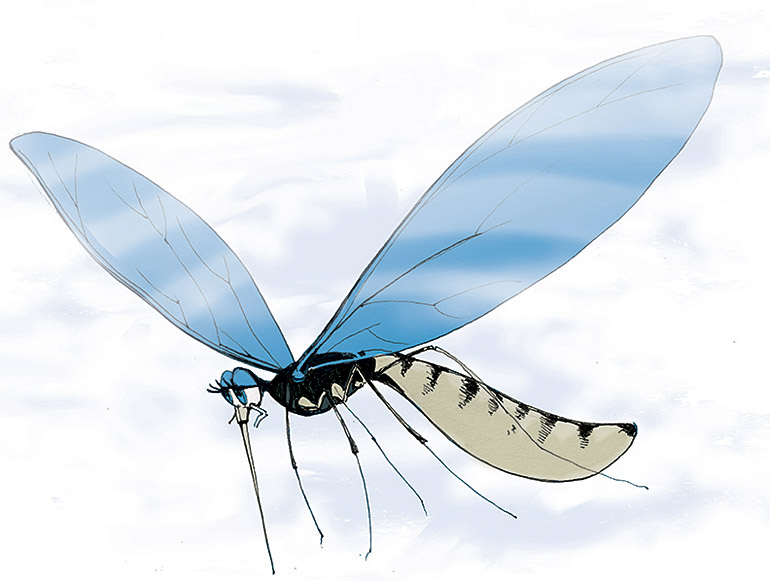
The femme fatale: Mosquito
Why they suck: Unlike most other flies, they’re around all summer long and will bite you 24/7. Downfall: Some cities, like Whitehorse, use aerial drops of larvacide in late May to kill off baby mosquitoes. Otherwise, your only hope of escape is to remember this: they like dark colours, heat, odours and carbon dioxide. So try to stay cool, cover up and ditch the body spray. Redeeming qualities: It’s only the females that want your blood, and they’re only doing it to mature their eggs. They don’t want to make you miserable; they’re risking their lives to be good moms. Plus, like bees and butterflies, they’re important plant pollinators. Red alert: Late May to September. They range as far north as Ellesmere island.
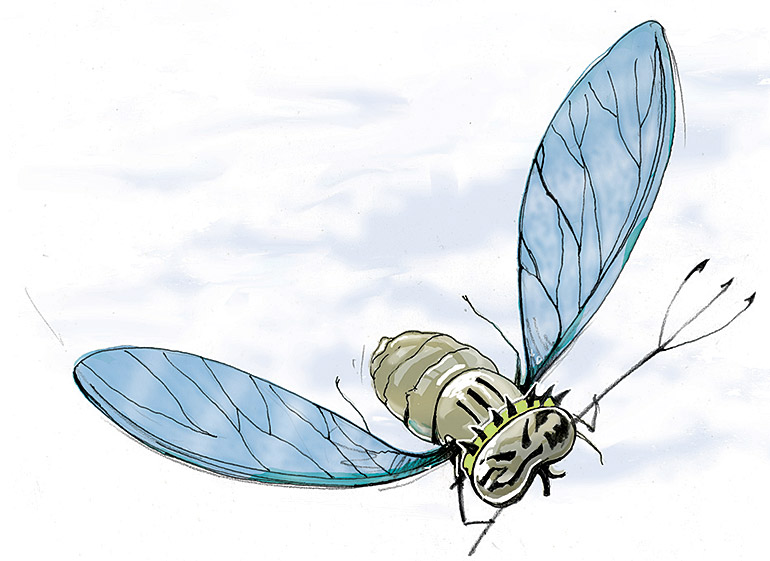
The Titan: Horsefly and deerfly
The damage: Their bites are painful—and clothes won’t stop them. Special power: They’ve got huge eyes—the better to spot mates and prey. And one species of horsefly currently holds the record for the fastest flying insect: a male clocked in at 145 km/h (it was, not surprisingly, pursuing a female). Monster babies: Even their larvae are predatory. Redeeming quality: If you spot lots of deerflies and horseflies in a forest, that’s a sign the ecosystem is healthy. Red alert:Mid-July until September. They’re found throughout the North, except in the Arctic archipelago.
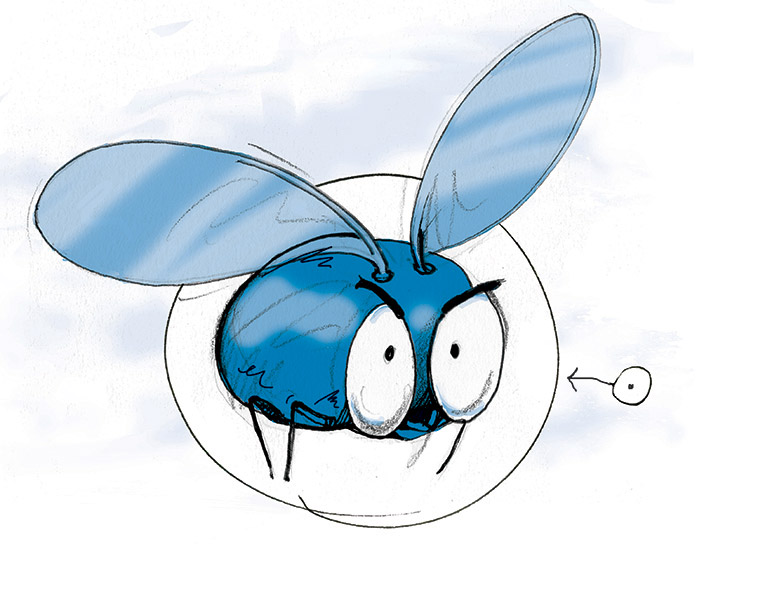
The ninja: no-see-um
Alias: Biting midges. It makes them sound deceptively cute. Territory: Mostly found in Nunavik and Nunavut, where it’s boggy. Tiny fighters: Their bites are disproportionately painful. “It’s like sticking a tiny hot poker in your skin,” says Doug Currie, a University of Toronto entomologist. They’re numerous—in the High Arctic, they make up half of all insect species—and tough. The larvae, which are also predatory, can survive through several freezing and thawing cycles, for up to six years. Passive aggressive: There are far more non-biting midges in the North, which hover around your head in a relentless halo. Stealth attack: For some species, the larvae live beneath piles of musk-ox excrement. Then they grow up, take flight, and buzz around your head until you swallow them by accident. Redeeming quality: In the tropics, they pollinate cacao. And who doesn’t like chocolate? Red alert: Generally, they’re around from May to October, but peak season for bloodsucking females is June to August.
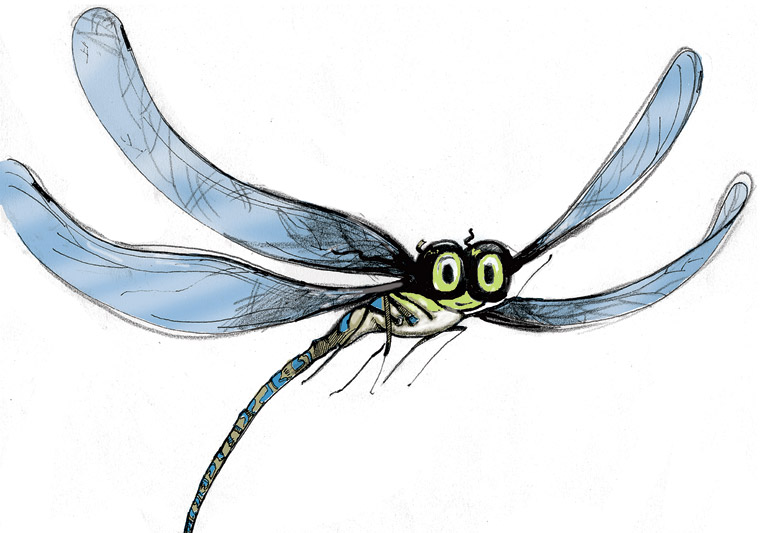
The flawed hero:Dragonfly
Why we love them: Like bees, wasps and spiders, they eat all the other biting flies—and they start when they’re just larvae. Don’t bully them: Dragonflies may bite, but only if you try to hold them. Kryptonite: Dragonflies can’t handle extreme cold, so in the High Arctic, you’re on your own. Dragonflies to the rescue: June to September.

